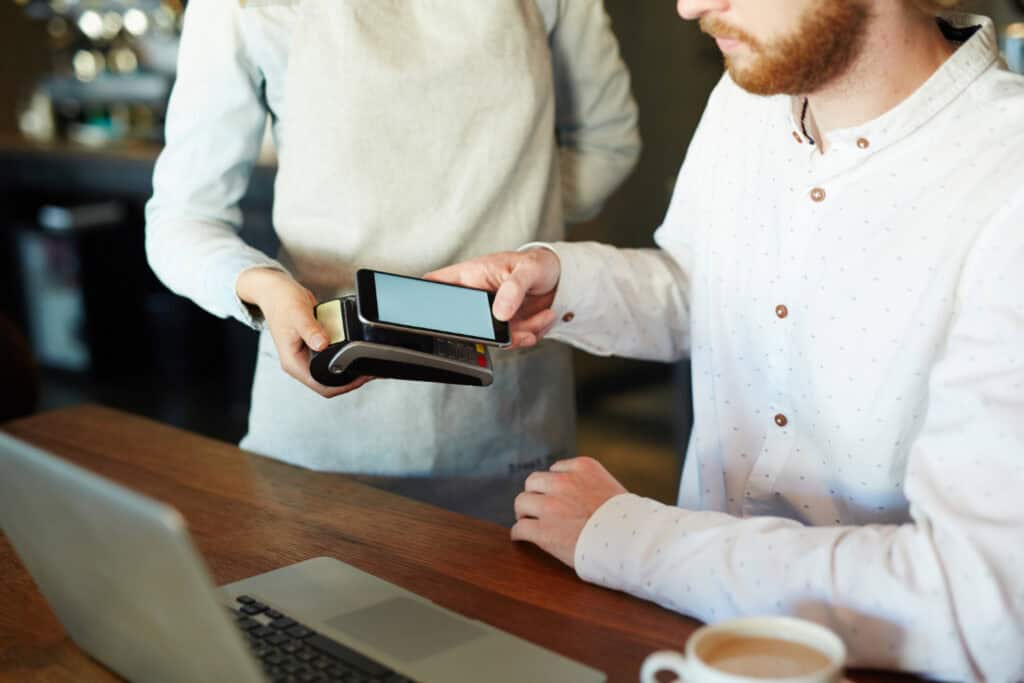
By Zackary Rhodes June 10, 2025
The smartphone has emerged as the most popular means of communication, shopping, education, and charitable giving in today’s rapidly evolving digital world. Nonprofits are becoming more conscious of the trend towards mobile donor behaviour. People’s first impulse is often to act immediately from their phone, regardless of whether they are motivated by a text message, a live event, or a social media post. This implies that your entire digital strategy, including your donation page, must be responsive.
Many organizations have responsive websites but still struggle with mobile donation pages that are slow, confusing, or hard to use on a small screen. This disconnect causes frustration, lost donations, and missed opportunities to turn interest into impact. Optimizing for mobile giving is not just a technical fix, it is a strategic priority.
The Rise of Mobile Usage in Online Giving
Mobile usage has surpassed desktop in almost every category of digital engagement. People now read emails, browse websites, watch videos, and make purchases using their phones more than any other device. Nonprofit donation behavior has followed this trend.
Many donation forms are still made with desktops in mind, even though mobile traffic to nonprofit websites is at an all-time high. On smartphones, this leads to poor usability. Forms may need to be zoomed in or scrolled sideways, pages may not load properly, and text may be too small to read. These problems considerably reduce completion rates.
Smartphone users are often driven by emotion and urgency. When someone feels inspired to give, they want to do so quickly. If your donation page makes them work hard, you risk losing that emotional connection. Mobile giving optimization ensures that the donor journey remains smooth from the first click to the final thank-you message.

What Is Mobile Giving Optimization?
The process of making every aspect of the donation experience better so that it runs flawlessly on mobile devices is known as mobile giving optimisation. This goes beyond simply making a desktop page smaller to fit on a mobile device. It involves considering navigation, speed, content, and layout with mobile users in mind. The first step is realising that desktop and mobile users behave differently. They often multitask, tap rather than click, and scroll more. Also, when they are moved by a compelling story or image, they are more likely to give on the spur of the moment.
To serve these users well, organizations need to adopt a mobile-first mindset. This means designing your donation page for mobile from the beginning, and then expanding to other formats, not the other way around.
The Importance of Mobile-Responsive Donation Forms
At the center of mobile giving optimization is the donation form itself. Mobile-responsive donation forms are those that adjust automatically to fit the size and orientation of the screen. They maintain usability and clarity regardless of device. A responsive form ensures that all fields are easily visible, buttons are large enough to tap comfortably, and text is readable without zooming. The user should be able to complete a donation with just a few taps and minimal effort.
An attractive, mobile-friendly donation form keeps things simple. To keep users from feeling overwhelmed, it removes fields that aren’t needed, condenses text to the most important parts, and clearly divides form sections. In particular, visual hierarchy is crucial on small screens. It is important to focus on the amount, frequency, and mode of payment of donations.
Another key aspect is using pre-filled fields and smart form logic. Mobile forms should recognize repeat donors, suggest popular donation amounts, and offer simple recurring gift options. These features improve convenience and increase conversion rates.
Load Speed and Mobile Performance
One of the most important technical aspects of mobile giving optimization is page load speed. Mobile users often experience slower network connections, especially when away from home. A donation page that takes more than three seconds to load can drive away impatient users. To keep donors engaged, your mobile donation page must load quickly and efficiently. This means compressing images, minimizing external scripts, and using a lightweight page layout. Every second saved increases the chance of a completed donation.
Using a fast and secure server to host your donation page is also important. You can undo all of your other optimisation efforts if your server is slow. When you have dependable hosting, users from various networks and locations will always be able to access your page with ease.
Simplifying the Mobile Donation Experience
People do not want to wrestle with tiny text boxes and complex forms on their phone. The key to smartphone donations is simplicity. The goal should be to make donating from a mobile device feel as easy as sending a text message. Keep the number of required fields to a minimum. Ask only for the essential information you need to process the gift and follow up. Avoid optional fields that distract or slow down the process.
Provide an easy-to-use navigation system. A step-by-step layout or progress bar helps users see how far they still have to go. For small gift requests or urgent campaigns, one-step donations are most effective. Even though more complex forms might be required for larger gifts or specific donor information, they should still be clear and concise. Make sure there are no outside distractions. Take out any unnecessary banners or links from the donation page. The goal should always be to finish the donation. Make sure the external page is branded to reflect your company and is mobile-optimized if users are directed there.
Payment Options That Work on Mobile
Smartphone donors expect a range of payment options that match their habits. This includes not just credit and debit cards, but also mobile wallets like Apple Pay and Google Pay. Enabling wallet integrations can significantly reduce friction. These services use saved information to complete transactions instantly. Donors do not have to type card numbers or billing addresses, which is especially helpful on small screens.
Options for recurring giving should also be responsive to mobile devices. Donors can choose to receive monthly support with a simple toggle or checkbox without going to a different page. Your retention rate for recurring donors will increase with the smoothness of the process. Payment gateways that are secure are crucial. Data security is particularly important to mobile users. Make sure your forms display trust signals clearly and are encrypted with HTTPS. Donors are less likely to finish the transaction if they have concerns about the security of your form.
Mobile Giving and Storytelling
A donation form alone is not enough to drive mobile giving. The content that leads to the form is just as important. Compelling mobile storytelling helps turn interest into action. Use brief, emotional stories to connect with your audience. A strong headline, a powerful image, and a short paragraph can be more effective than a long article. People skim on mobile, so every word must count.
Videos on smartphones can be very powerful as well. A brief video that starts playing right in the email or post can serve as an emotional hook to get people to click on the link to make a donation. Watch out that your video doesn’t slow down the page and loads quickly. The call to action for mobile storytelling should be obvious. Instead of using unclear messages, phrases like “Donate Now,” “Help Today,” or “Give with One Tap” are more effective. It should be easy to see and tap the button that directs users to your donation page.
Promoting Mobile Giving Across Channels
Your donation form is only part of the mobile giving strategy. You must also think about how people arrive there. Most mobile traffic comes from social media, email, and text messaging. Ensure your donation page links are short, trackable, and work well on all devices. Test them in Instagram bios, Facebook posts, tweet links, and mobile emails. Avoid using long or complex URLs that are hard to remember or type.
Another powerful source of smartphone donations is text-to-give campaigns. Donors can reply to appeals straight from their messaging app by using a short code and link. Particularly helpful in emergency situations or live events is this type of immediacy. Additionally, email campaigns ought to be mobile-friendly. Make use of short paragraphs, big buttons, and single-column layouts. Since most people read emails on their phones, they are less likely to click through if the content appears cluttered or unclear.

Tracking and Improving Mobile Giving
Once your mobile donation page is live, you need to measure its performance. Track mobile traffic, conversion rates, and drop-off points. Use tools like Google Analytics to see how users move through your site and where they might get stuck. Watch your bounce rate. If many users land on the donation page but leave without giving, it could mean your page is too slow or hard to navigate. Heatmaps and session recordings can also show you where users are clicking and where they lose interest.
Experiment with A/B testing various page designs, button positions, or recommended donation values. What functions on desktop might not function on mobile. Minor tweaks in design can greatly impact mobile performance. Request input from contributors. Inquire whether they found the process simple or if they encountered any problems with their phone. Feedback from the real world can reveal issues you might have overlooked during testing.
Conclusion
Mobile giving is the future of online donations, as more donors prefer using their phones. Optimizing for mobile means faster, simpler, and more trustworthy donation experiences. By improving design, speed, and payment options, nonprofits can boost support and make giving effortless.